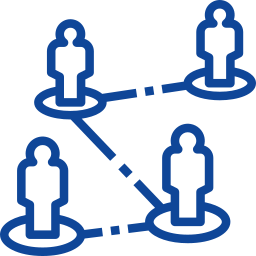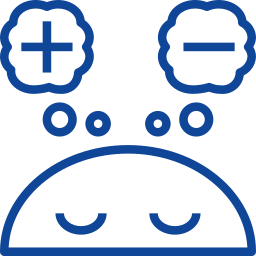systems change
The whole is truly more than the sum of its parts.
Understanding Systems Change
What is systems change? First, we need to define systems. We like the definition provided by Donella H. Meadows in her seminal work, Thinking in Systems: A set of elements or parts that is coherently organized and interconnected in a pattern or structure that produces a characteristic set of behaviors, often classified as its “function” or “purpose.”
Think of an ecosystem, like a pond. It has its component parts—water, dirt, plants, animal life, climate, weather. Water comes in through rain or flood and leaves through drainage systems or evaporation. Fish may be added or subtracted naturally via normal lifecycle processes or unnaturally—overfishing might decrease the fish population, and restocking can replenish it.
What is Systems Change?
There are a few core ideas to understanding systems change:
- Systems are a group of interrelated parts that act in ways that consistently produce the same results.
- Some systems are simple, and others are complex.
- Systems are remarkably resistant to change.
To change a system, the interventions needs to affect the way the parts interact with each other. And they need to be able to withstand the pushback they will inevitably encounter. Shifting the core drivers of systems’ outcomes can be transformative and result in entirely different systems conditions.
Why Systems Change
"Making systems work is the great task of my generation of physicians and scientists. But I would go further and say that making systems work-whether in health care, education, climate change, making a pathway out of poverty—is the greatest task of our generation as a whole”
Atul Gawande

Systems are already at scale, influencing millions of people.



"...a bad system will trump a good program every single time"
Patrick McCarthy, Former President and CEO, Annie E. Casey Foundation